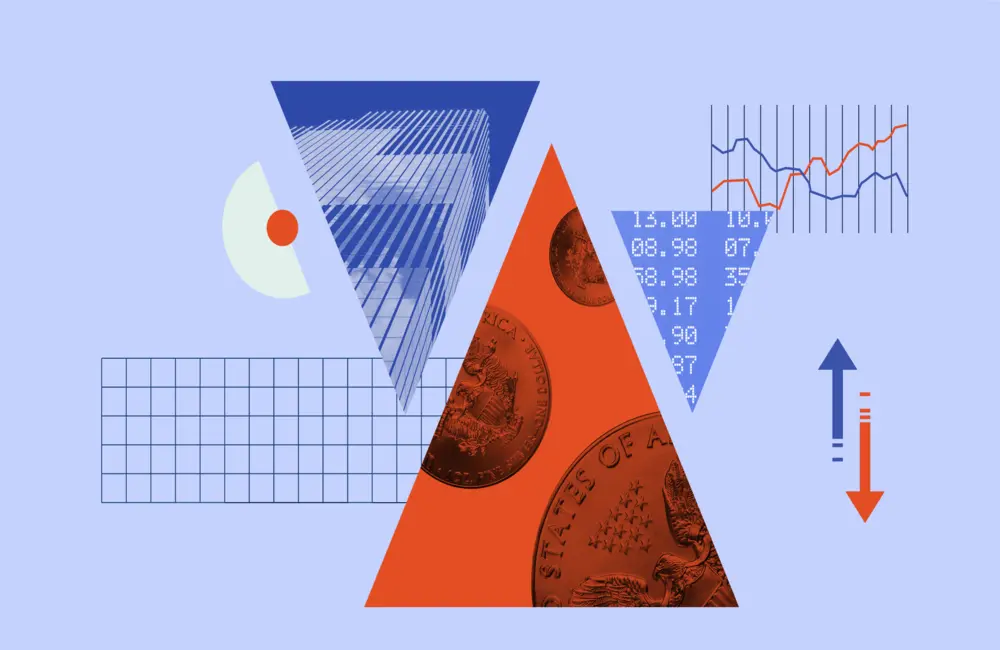In the last year, the average prices of a basket of goods tracked by the Australian Bureau of Statistics have increased more than 5%, the highest rates since the introduction of the GST in 2000.
Unsurprisingly, petrol prices are at the top of the list, up 35% from the lows set during the height of the pandemic. Prices for new dwellings are also 13.7% higher over the year thanks to strong demand for materials and disruptions to the supply of labour. And, as a journalist with one too many cups of coffee in my system, I couldn’t help but notice that “coffee, tea and cocoa” is up an astounding 6.9% as of this last quarter and “dairy and related products” went up 1.9% just to name a few.
The inflation blowout has set the stage for the RBA to lift the cash rate when it meets next week—election be damned—a view held by many economists and analysts. The bank’s favored measure which smooths out the largest price increases and decreases is above their target band of 2 percent to 3 percent for the first time in a decade. Most are discounting several hikes to above 1% by year’s end. As someone who bought into the real estate market in 2020 believing, in part, that interest rates wouldn't increase at least until 2024, I feel extra stung by this violent turn of events, but that's my own beef with the Governor.
Higher rates have ripple effects on earnings, and help shift the balance away from the ‘growthier’ ends of the market that benefited from the pandemic. The US, which is months ahead of us on inflation, has already been feeling the impact. As my colleagues Lauren Solberg and Jakir Hossain noted this week, stocks extended declines again in April, leaving broad-market benchmarks sitting just above their lows for the year amid signals that the Federal Reserve will be even more aggressive putting up interest rates. Shares of familiar technology and communications companies including Microsoft (MSFT), Apple (AAPL) and Nvidia (NVDA) dragged the broader market down nearly 8 percent, extending year-to-date losses to just under 13 percent as value names offered some refuge from the storm.
Now, although these macroeconomic dynamics have been in the offing for months (and well foreshadowed), I think it’s important that we acknowledge the impact these numbers this week have on consumer and investor psyches. Everything has changed in the last six months. Pandemic winning fortunes are reversed as soaring tech stocks are still on the way down and despised energy and industrial names are at the front. The best-performing funds of the past year are the losers this year, and the other way around as value managers who have long endured a decade of growth stock outperformance finally have a story to tell. And suddenly, long-term bond yields back above 3% are offering opportunities in the bond market we haven’t seen since 2014.
Related: You can now get 5% on bonds but don’t leave quality
For some, this moment is an opportunity. Broker nabtrade said trading volumes jumped 50 per cent after Tuesday's 2 per cent fall on the ASX, with the materials sector a favourite among investors benefiting from the rise in commodity prices. It’s a hard thing to do, particularly for investors seeking to put money to work, but US stocks under coverage of analysts are cheaper than they’ve been since the pandemic-induced bear market. Closer to home we recently drew attention to two under-priced ASX-listed stocks in Ryman Healthcare and TPG, and the list of four- and five-star stocks continues to expand.
Russell Chesler at VanEck, writing in First Links this week, sees the Australian market, heavily skewed to miners and value stocks such as the big banks, beating the US led by rising commodity prices. Financial Services (26.5%) and Basic Materials (25.2%) now account for just over half of Australia's S&P/ASX 200 post the BHP unification. Healthcare in 3rd (8.8%) and Energy in 9th (4.3%) place. Mirroring the more nuanced disparity between US and Australian indices, the Technology sector is second last at 3.7% vs S&P 500 with a 28% allocation to IT.
But the markets are subject to an increasing number of risks. There’s the slowdown in global growth (the IMF cut global growth forecasts last week), the ending of loose monetary policies (can the Fed orchestrate a soft landing?) and worsening supply chain disruptions from China’s lockdown of its twin economic engines, Beijing and Shanghai. Sourcing product from Europe will also be fraught as the grim energy supply situation plays through manufacturing schedules, and Russia turns gas supplies into a weapon.
In Your Money Weekly, Peter Warnes says this:
It is “A message of warning to remain alert and vigilant because volatility will create opportunities.” He also calls for investors to move company profits back to the agenda as interest rates start to crank upward. “In [unprofitable companies’] favor, in a zero-interest rate environment, time was on their side. But higher interest rates will bludgeon consumer demand, increase interest expense, compress operating margins and push bad debts higher. The patience that the market has had is thin, and the previous polish is off.”






















